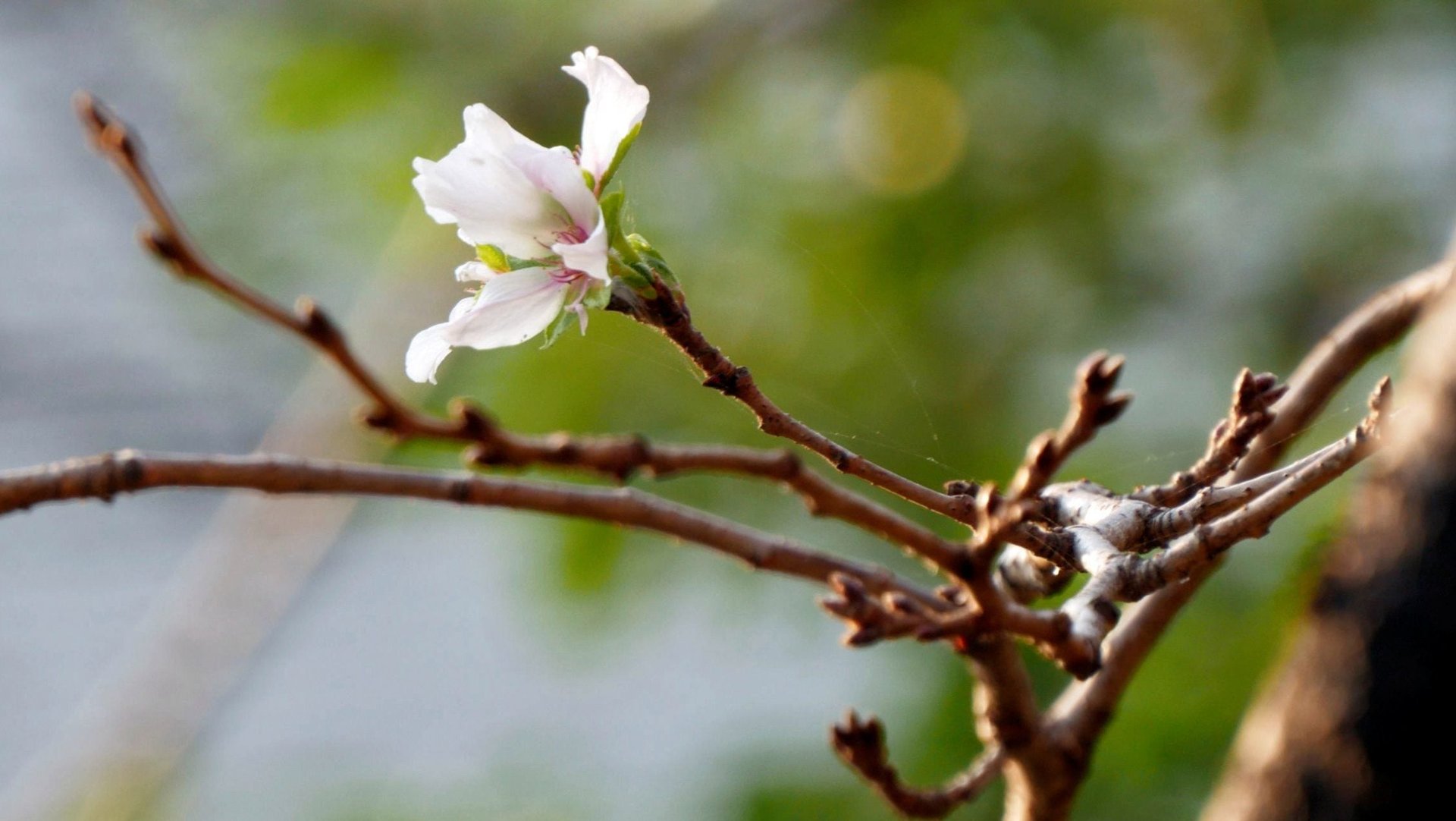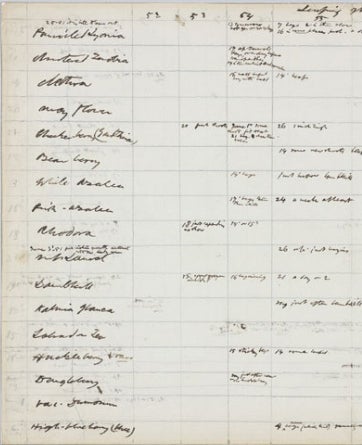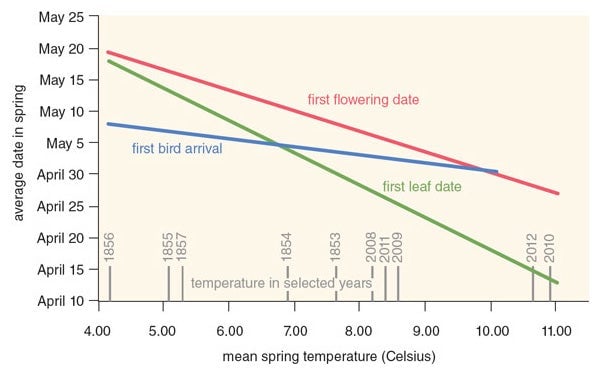Henry David Thoreau’s 160-year-old notebook shows us just how fast global warming is coming
Deep inside an aged notebook, philosopher and nature writer Henry David Thoreau gave us a key to tracking climate change. Most readers know of Thoreau from his books Walden and Civil Disobedience, but his field notes, unpublished and overlooked for more than a century, contain meticulous details about the re-emergence of life every spring after New England’s long frigid winters.


Deep inside an aged notebook, philosopher and nature writer Henry David Thoreau gave us a key to tracking climate change. Most readers know of Thoreau from his books Walden and Civil Disobedience, but his field notes, unpublished and overlooked for more than a century, contain meticulous details about the re-emergence of life every spring after New England’s long frigid winters.
At spots around Concord, Massachusetts, including Walden Pond where the author lived while penning his book, published in 1854, Thoreau cataloged the exact date the leaves burst out each year (also known as “leaf-out”) for 43 tree and shrub species. Now scientists have brushed off five years of those notebooks from his daily four-hour walks to see just how the timing of spring and fall has shifted since humans began pumping copious amounts of greenhouse gases into the atmosphere.

If Thoreau were to replicate his walks today, he would feel weeks out of place, Boston University researchers Richard Primack and Amanda Gallinat wrote in American Scientist in April 2016. It turns out the woody plants Thoreau observed now leaf out 18 days earlier on average than in the 1850s, based on their research. While spring arrived on May 8 in Thoreau’s time, today it’s around April 20. That pattern has also appeared in the timing of plants flowering, as well as the arrival of other species such as birds who depend on the coming of spring, and its bounty of insects, for food.

The researchers have now expanded their work to botanical gardens around the world covering leaf-out times of more than 1,600 woody plant species. They have all repeated the same pattern. As the world’s climate heats up, these natural cycles will grow increasingly out of sync, threatening species’ survival, as well as our own forestry and agriculture unsuited for their current locations.
When plants leaf-out early, animals that migrate or lay dormant during the winter may miss critical periods of abundant food. Plants are also vulnerable to spring frosts that kill off new growth. As if to illustrate this point, many of Japan’s cherry blossoms are blooming in autumn right now, most likely due to a spate of warm weather and typhoons such as Typhoon Jebi in September. While not unprecedented, the scale of the early bloom is unusual.
Slowing this catastrophic planetary warming is still possible, according to the latest Intergovernmental Panel on Climate Change report published on Oct. 8, but it will require unprecedented cuts to global emissions. Now we have Thoreau’s voice from the past telling us in his words, and notes from the natural world, what’s at stake.